Hello Friends, in this article, I am going to tell you about 30 composition techniques for a good shot in your photography. Every photographer, whether beginner or professional, needs inspiration and the search for something new. Pros are easier, because they already have a wealth of knowledge and experience. Young people need to learn and one of the best ways is to learn from others. Studying the work of professionals, you can find something new for yourself.
We’re not going to talk about technique, camera settings or lighting right now. The key to a successful shot is not in the equipment, but in how the photographer sees the scene, whether he knows how to build a correct, attractive composition, filled with meaning and harmoniously filling the entire space of the frame.
30 Composition Techniques
Based on these sample images, you can build your own shots with your own story, which will be attractive to the viewer.
1. Line Crossing the Sun

There can be any lines in the frame that partially cover the sun. It looks pretty. Especially during the golden hours at sunrise or sunset.
2. Silhouettes
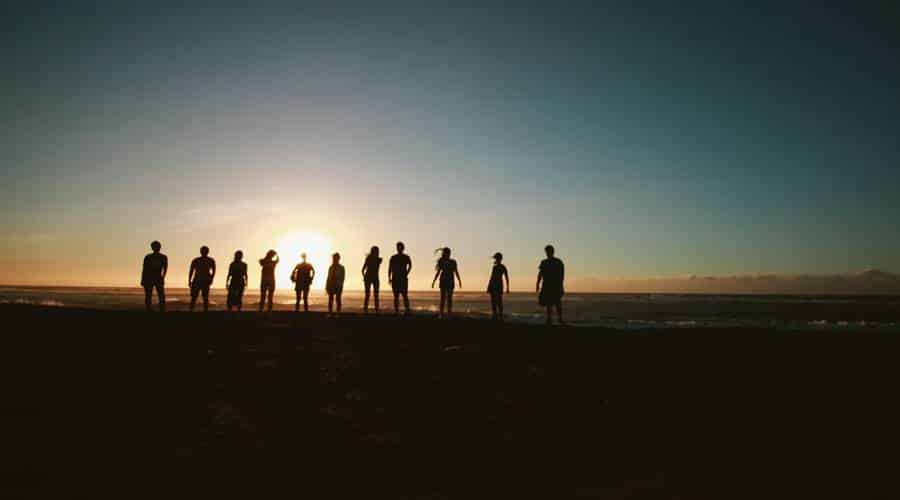
Find an interesting background and adjust the exposure so that it is well defined. The foreground should be dark. Thus, we will have silhouettes of objects against a bright beautiful background.
3. A Lot of Sky

Use the rule of thirds. Place the horizon line on the lower horizontal line. Thus, the sky will occupy 2/3 of the frame. In this case, it is desirable to fill the void with some objects. It can be a flying plane, paraglider, kite or bird. This object shouldn’t be big.
4. Separate Forms

Arrange several objects in the frame. They should all be of approximately the same size and sufficient contrast to have the same semantic weight. Frame composition can be done at your discretion.
5. Frame

Fill the entire frame with objects, but leave the edges of the image blank. This will make it look like the objects are in a void frame.
6. Offset Centers
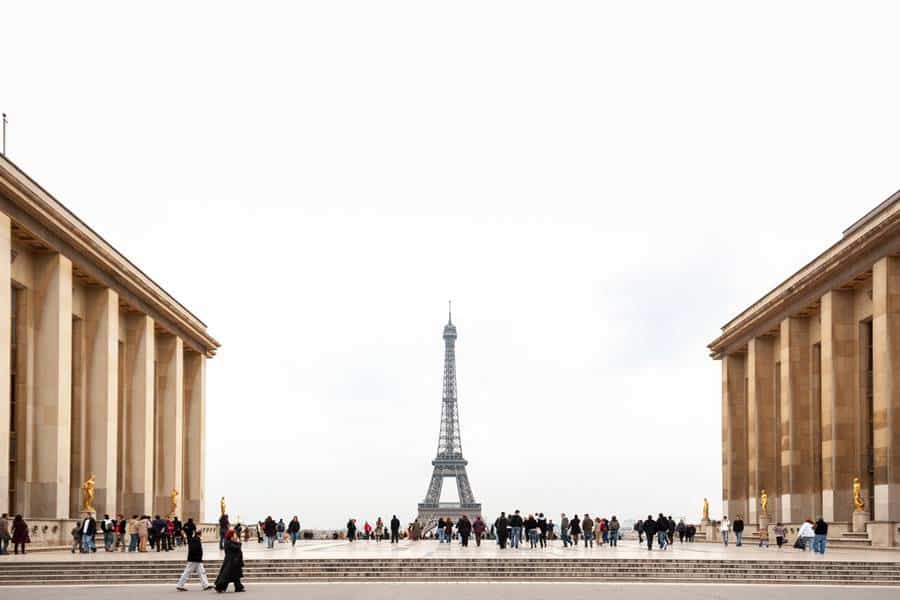
1/3 and 2/3 are good offsets for center offsets. This introduces some imbalance and dynamics even in a static frame.
7. Contrast of Light and Shadow
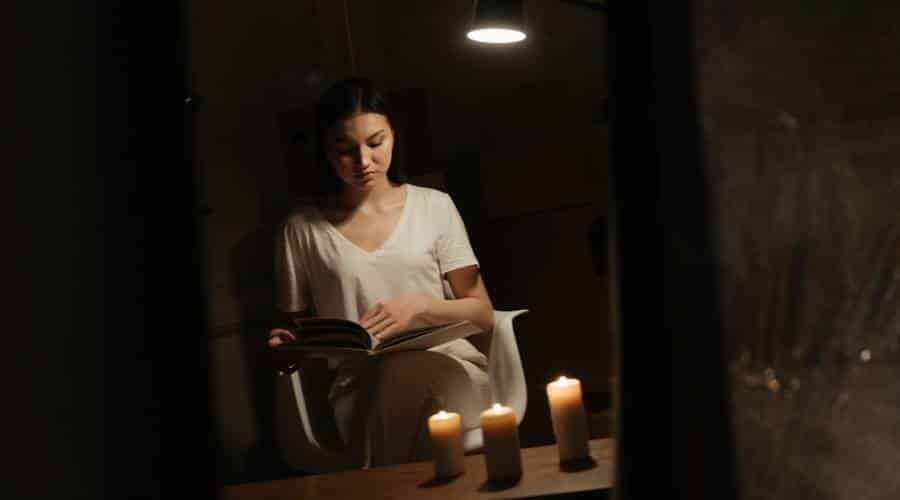
Play with contrast. Abrupt transitions can look very interesting. But here comes the problem of choosing the correct exposure settings, since details may disappear in some area. Shadows can fall into black and highlights can become too bright. Do not trust the automatic mode of the camera in this case.
8. Follow the Line
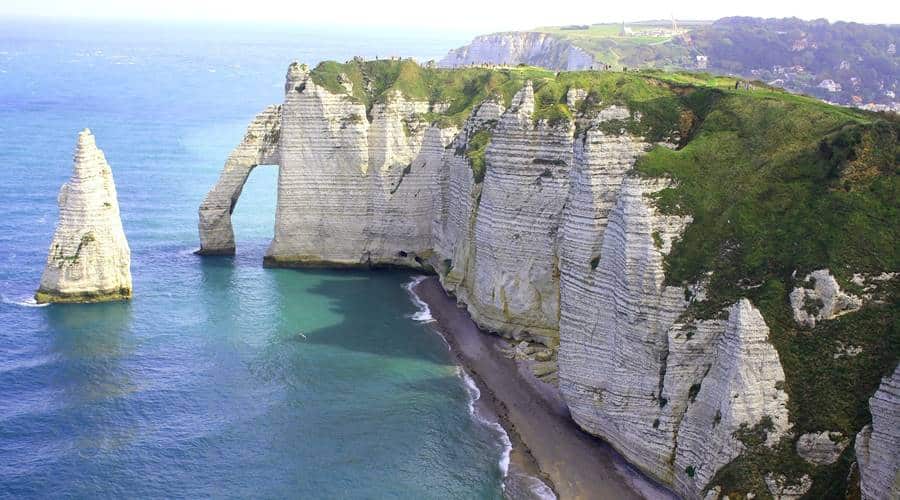
Lines receding into the distance and figures located on them demonstrate movement. In addition, such lines guide the viewer’s eye. It seems to be traveling through your frame.
9. Small Object in A Big World
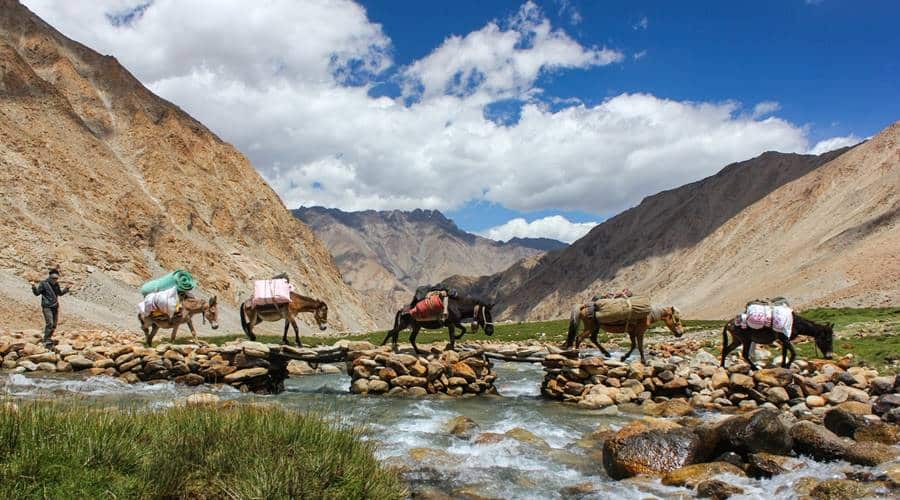
When taking a photograph of a landscape, position a small subject in the frame. It can be a lonely tree, a building, or a person. This emphasis will create history. The viewer will think not only about the beauty of the view, but also about the fact that there is life in the frame.
10. Shadow

The shade always looks good. Notice interesting shadow patterns, shapes, and patterns in them. It is best to take such pictures during the day on a sunny day.
11. Reflection

You’ve probably seen a lot of pictures with reflections in water or glass. Such photographs seem to create a different, mirror-like world. You don’t have to shoot outdoors. You can use reflections in the city by flipping buildings.
12. Docking Plans
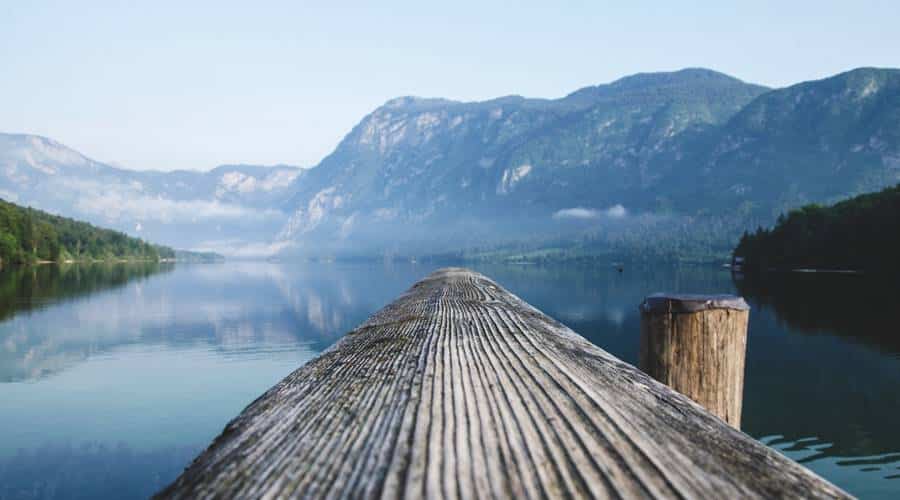
In one picture, both close and very distant objects can be located. This creates a very strong sense of depth.
13. Texture Drawing
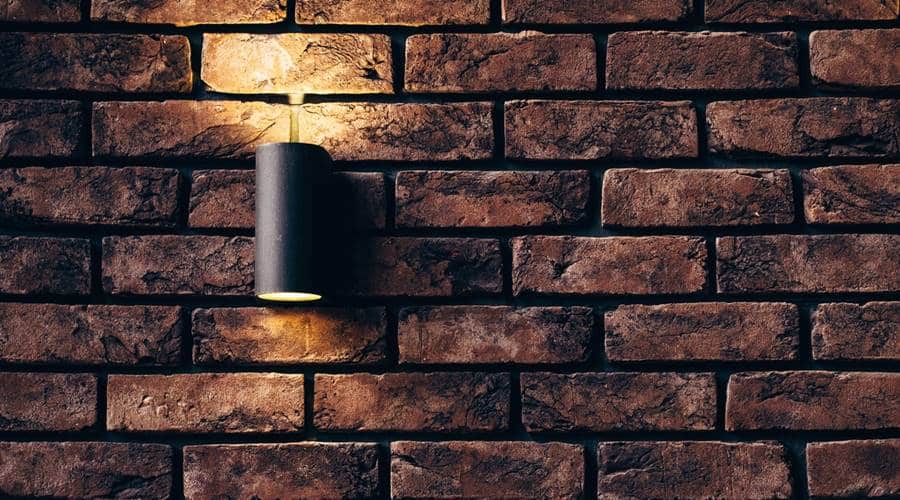
A large number of small or monotonous objects that fill the frame create a kind of texture. If they are laid according to a certain algorithm, then you get not only a texture, but also a meaningful pattern.
14. Fibonacci Spirals

The rules for building a composition have not been canceled. Of course, they can be broken, but sometimes strict adherence to them creates incredibly interesting photographs.
15. Natural Frames
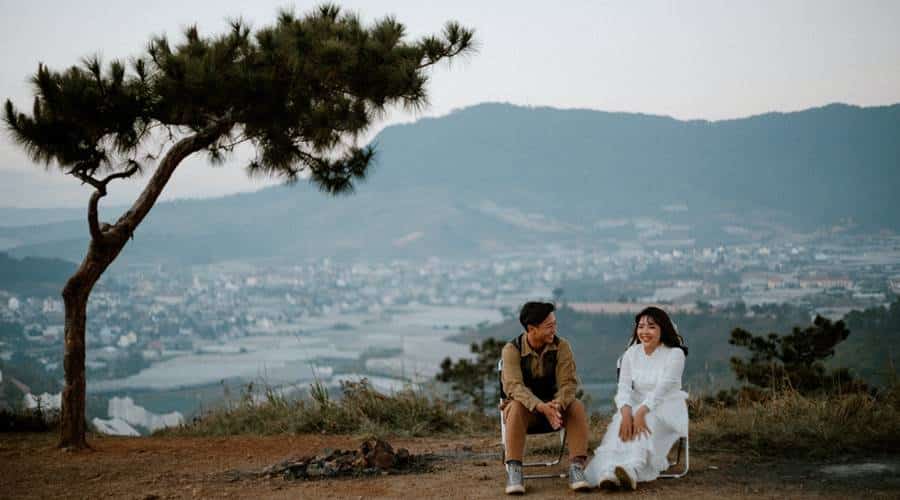
When you can mark one frame element within another, you have a nice natural frame effect. You can shoot through it or grating, or you can choose a less obvious frame and use the bending of tree branches or walls of buildings.
16. Stable Triangles
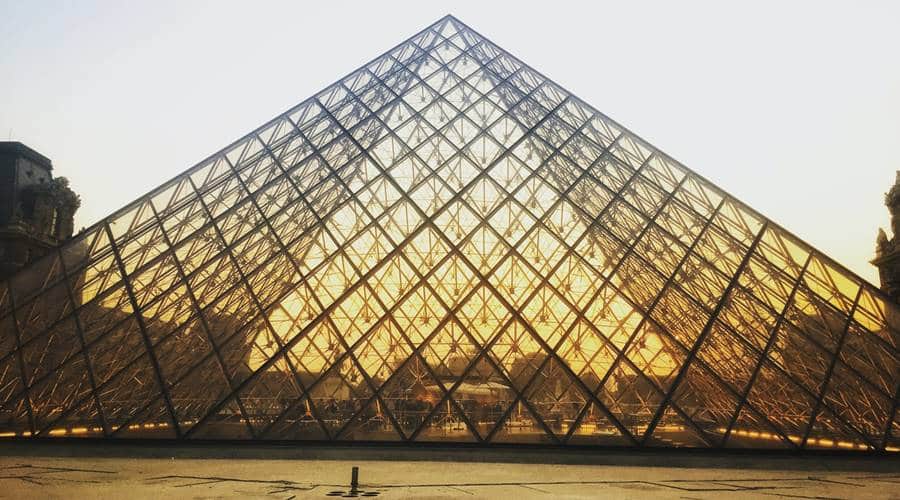
The triangle is a stable figure. It simultaneously guides the viewer’s eye along tapering lines and creates a strong accent.
17. Inverted Triangle
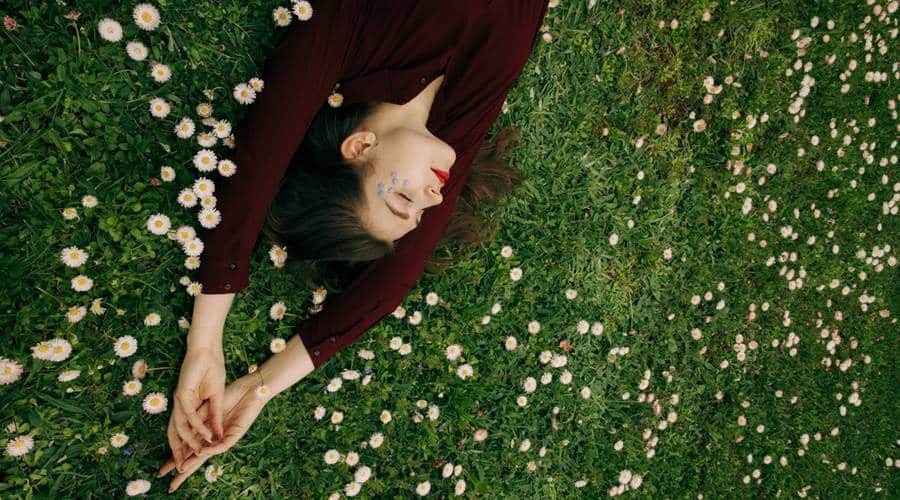
It is not necessary to use triangles in architecture. You can find them when the person is leaning against the wall, when you put your hands on your hips, or when you fold your palms.
18. Cutting Diagonals
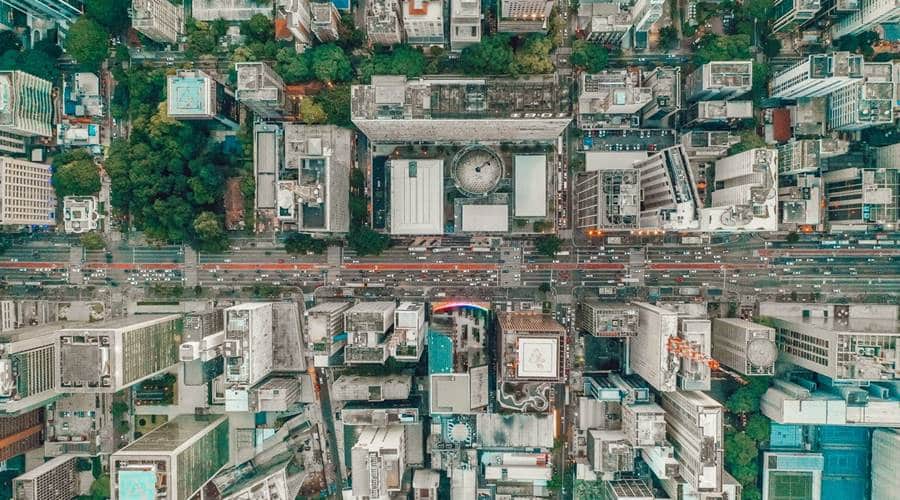
The balance of the frame can be disturbed by one line, which will attract attention and make the photo more extraordinary.
19. Curved Lines and A Repeating Pattern

Having a number of identical objects or lines, you get some kind of pattern, drawing. Such photographs seem to be hypnotizing.
20. Symmetry
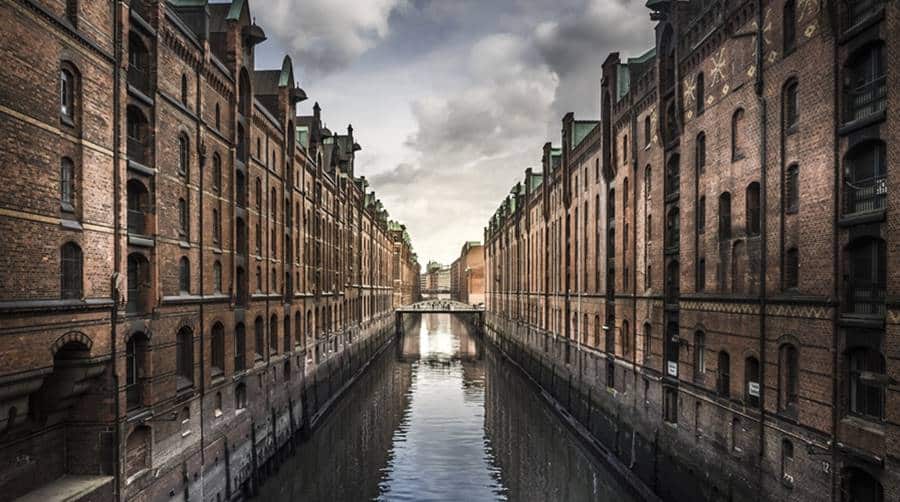
Most often, symmetry appears when we are dealing with reflections. But these are not the reflections we talked about above. We need a key object that will attract attention and its reflection, which will mirror it in opposition to it.
21. Vertical Filling
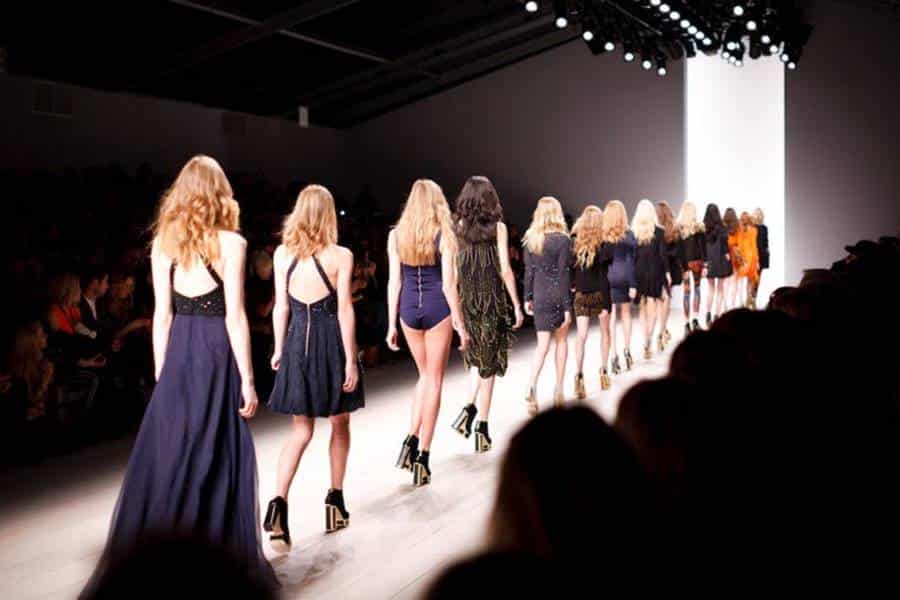
You can create a series of vertical objects that run along a diagonal line extending into the distance. It can be a line of soldiers, trees along the road, a row of dominoes that are about to fall in a chain reaction, or models on the podium, as in this example.
22. Movement

The dynamics are always interesting. It describes an event that happened a long time ago, but you see here and now how it is happening at the moment. Not the whole event, of course, but only one moment, but your brain draws a picture of what will happen next.
Throwing dust, dirt, hitting a ball, jumping or falling. All of this describes the events that will have an ending. We see only the process and always think about what will happen next, even subconsciously, but such photos are always interesting.
23. Cut Off the Plot

You can have an interesting plot filled with actions, colors or emotions, but some particular object can cut everything off, as this column blocks the hands of people.
24. Diagonals
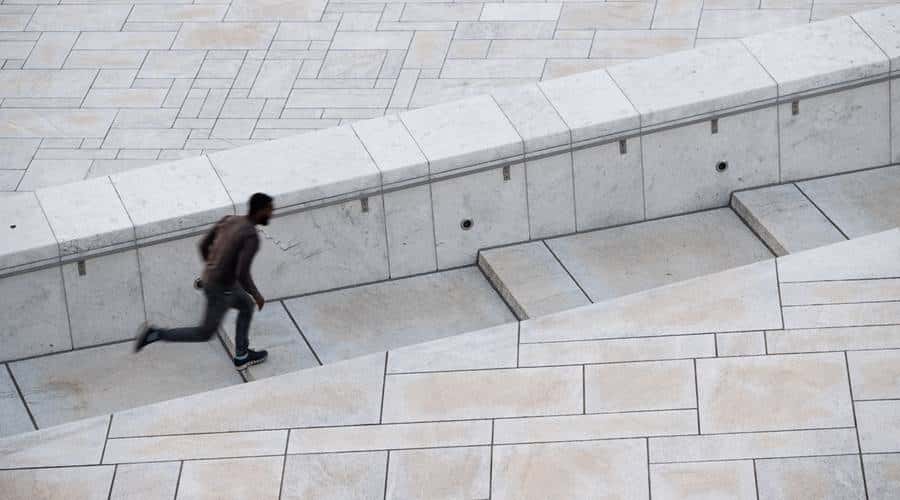
Like inverted triangles, converging diagonals are a good way to draw attention to the center point.
25. Leading Lines
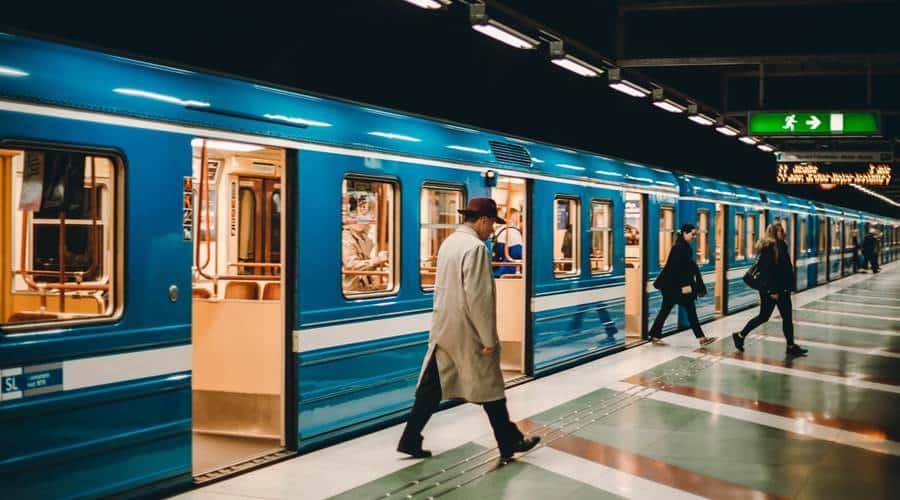
The eyes always move around the frame in a certain way. We look from left to right. Thus, the lines going from the left side of the frame to the right will guide you through the image. They do not have to be deleted. It can even be a zigzag that will lead first to the right, then back to the left and again to the right, or just like a leaving road here. The people in this photo are making history. We see someone’s jogging and how a guy and a girl just walk across the bridge. Each has its own life, which moves along the lines.
26. More Lines
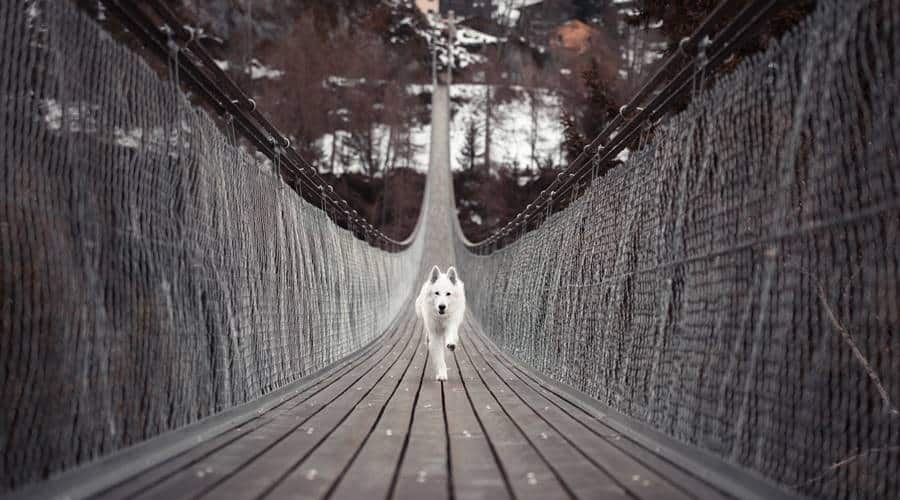
Many different lines can be combined in one frame. If they do not conflict with each other, but can complement the drawing, it will look beautiful. Moving objects along the lines create a plot. So, we see skaters skating on a curved ramp, a guy in the air who has reached the climax of his jump, and people in the background who simply walk along the straight lines of the horizon.
27. Vertical Lines
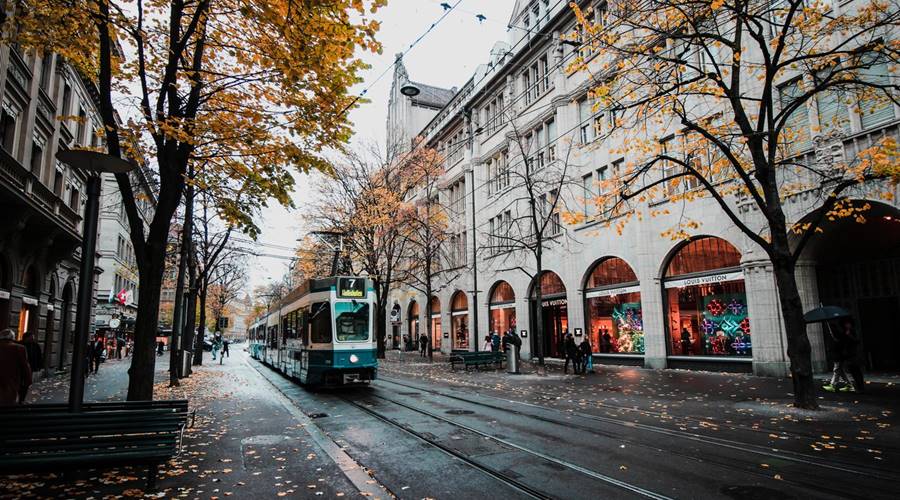
Verticals work well with portrait orientation, especially at low angles. We have a frame stretched upwards, which is filled with lines of buildings or trees. In such a frame, the main subject is desirable.
28. Contrasting Elements
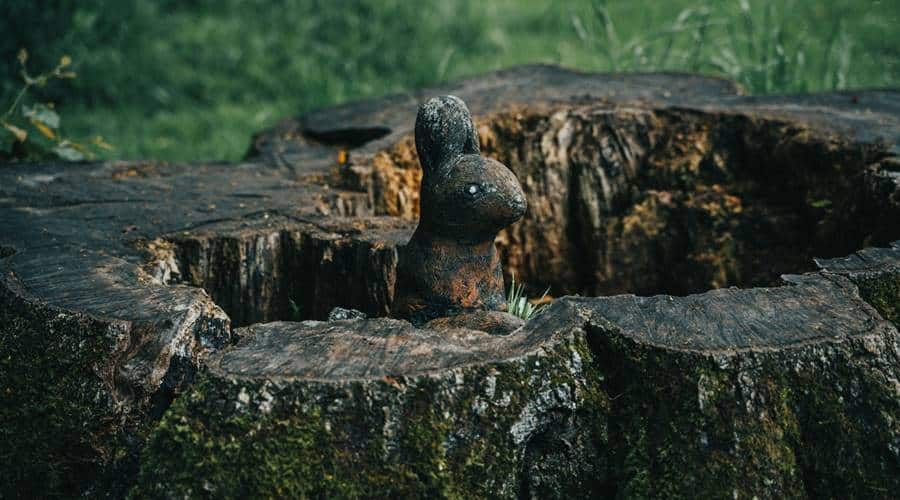
The easiest way to make a photo more interesting is to contrast the subject and the background or its surroundings. This makes bright objects look great against dark backgrounds and vice versa. You can add structure to color and brightness, so the hard will always stand out on the soft, like a hand with a shell in water.
29. Object Balance
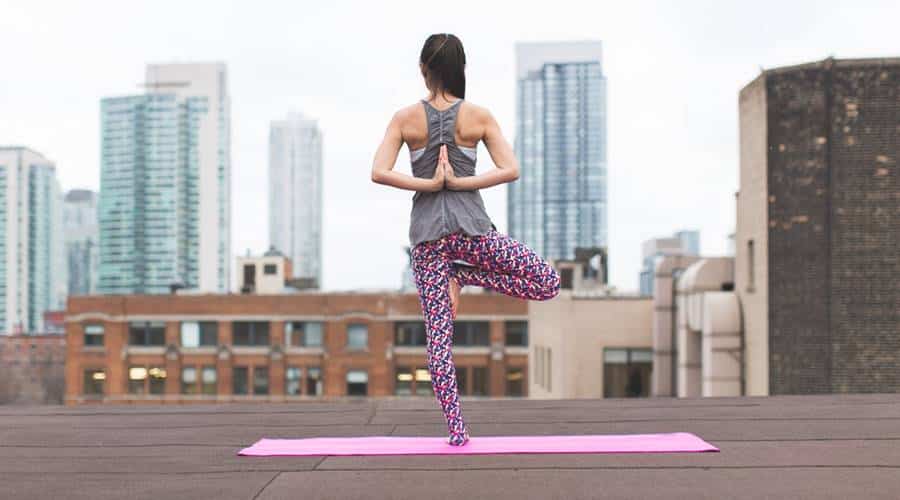
If you have multiple objects in the frame, they must balance each other, even if they are not symmetrical. The wind turbine on the right is balanced by the same object on the left. If there was only one such object in the frame, then the picture would turn out to be unbalanced due to the dark environment.
30. DOF (Depth of Field)

This is perhaps the most common way to separate the main subject from the background. It is achieved at an open aperture or at a long focal length. By varying these parameters, you can get different depth of field. This allows depth to be conveyed to varying degrees.
You may also like to read: Composite Portrait: A Guide to Creating Composite Portrait for Beginners
These, of course, are not all possible examples of building a composition. There are many rules and guidelines, techniques for working with color and lighting. We just looked at illustrative examples that you can rely on when creating your work without the need for additional equipment.


